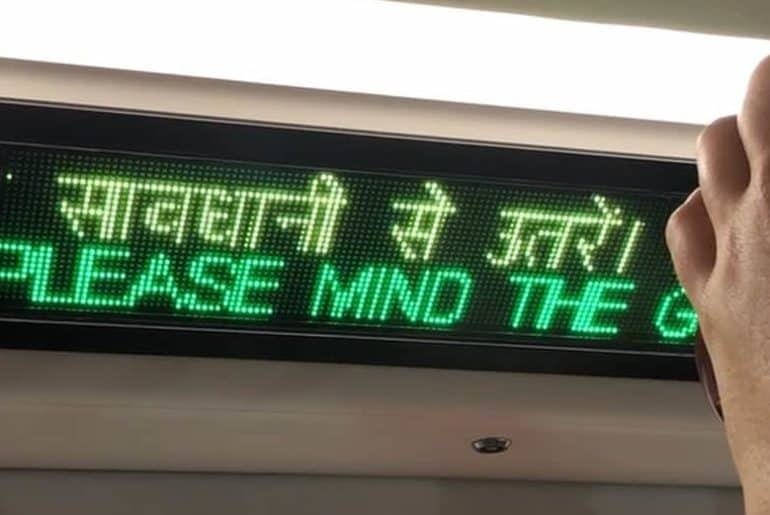The antidote to our pre assignment submission anxiety has been discovered in our increasing reliance on AI tools and real time chatbots. The contemporary scenario of everything being fast-paced continues to alienate people from critical creative skills, Artificial Intelligence compounds the menace at hand.
Gone are the days when young students would sit with their parents, and draft, and then redraft scripts for the speech for their morning assembly. Be it a declamation, or a debate, or an MUN, ready-made material is made available at everyone’s disposal. Research papers requiring several weeks worth of research can now be complied in a few hours altogether. Extremism has been witnessed to the extent that birthday wishes, congratulatory messages – are all being composed, start to end, by AI tools. This lethargic approach is breeding a generation of individuals with stunted innovation, depreciating creativity and sluggish habits. The justification provided for this shift in the nature of retrieving information is the growing competition, and the need to save up time and expend it on ‘more important’ things. Conformists, in the name of academic students will be produced, destined and dedicated to lead a mundane life plagued by the race of placements and abnormally competitive exams. The pressure from these takes away any remnant will to indulge in anything remotely creative.
Heavy dependence on AI for not just academia, but absolutely anything is churning our individuals depleted of the critical ability to, bereft of perspective. Informative is directly consumed from what is vomited out by AI tools without the bare minimum efforts to relook things. People need to realize that Open AI tools are meant to make one’s work easier, not do one’s whole work. AI bots lack the basic human intelligentsia to produce the kind of work us individuals can. Majority of the output is highly generic, and vastly derivative of the already existing information. No new thought, no new ideas, personal anecdotes comprise a part of the output generated.
One thing guaranteed is the fact that AI can never replace humans, or match the potential of human creativity. It will never kill creative roles, but has a disgustingly high propensity to severely damage the potential of creativity by making humans increasingly dependent. These tendencies also pose a grave threat to the genuine and honest appreciation of real art. With AI sites, capable of producing summaries of entire books, seminal research pieces, stellar pedagogical specimens, one fails to appreciate the artistic nuances and the rigorous research of a creative piece. There is a looming danger of a possible deterioration of the spirit of art appreciation.
Jane Austen didn’t write “Pride and Prejudice” in a hurry, Amrita Pritam didn’t draw inspiration from summaries of anthologies of Sheikh Farid, Shah Husain, Waris Shah, Hasham. Without the inner burning desire to create and introspect, Van Gogh’s melancholic “The Starry Night” would have never existed. Creativity is God’s gift to very few people, don’t let the abundance inside you deplete by giving into the lures of mundanity and convenience.
Image Credits: BYJUs
Rubani Sandhu







